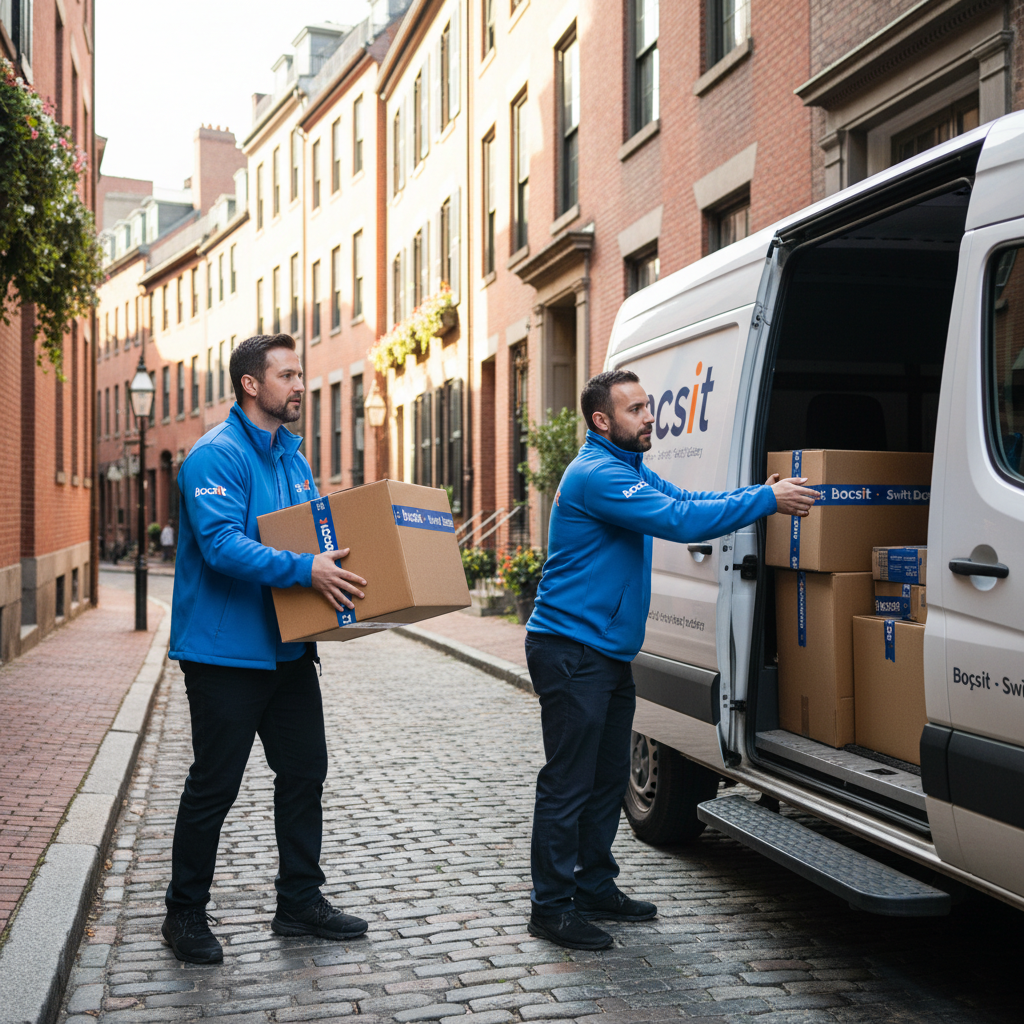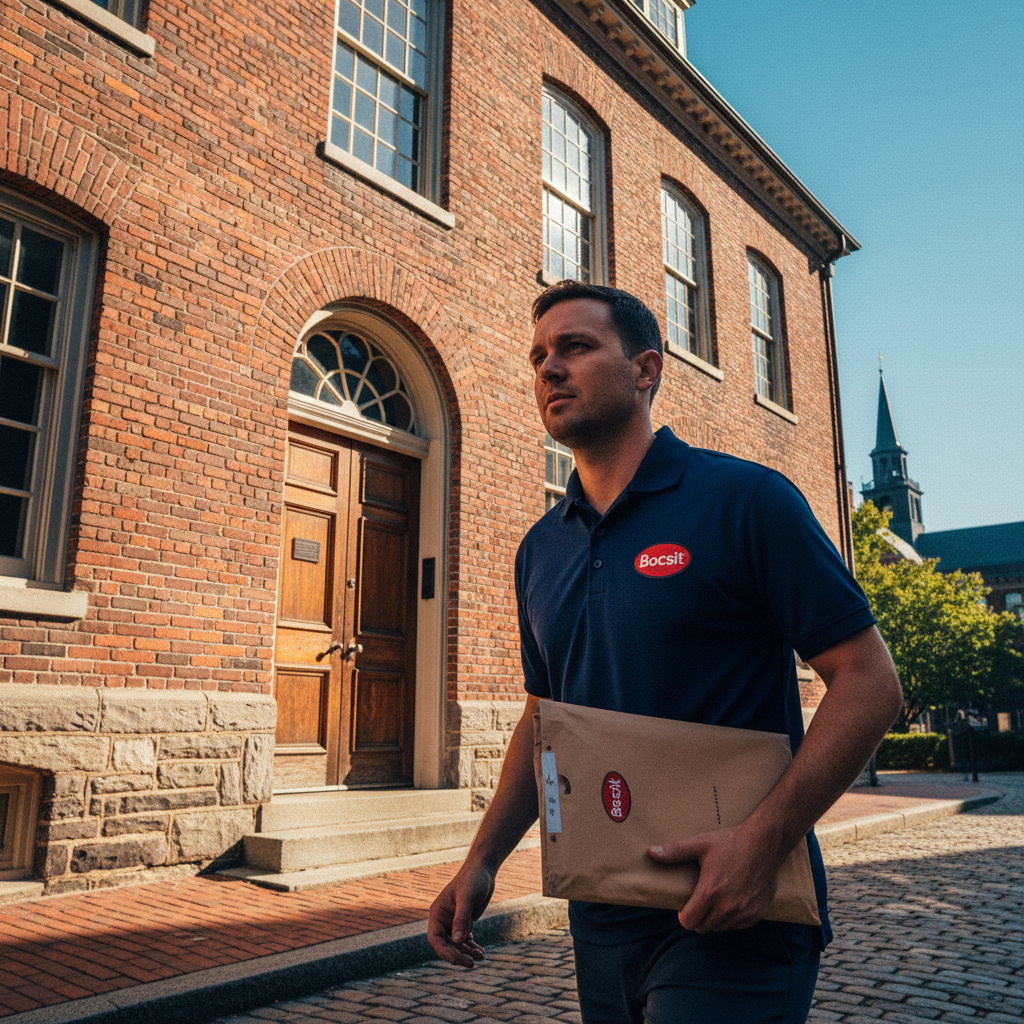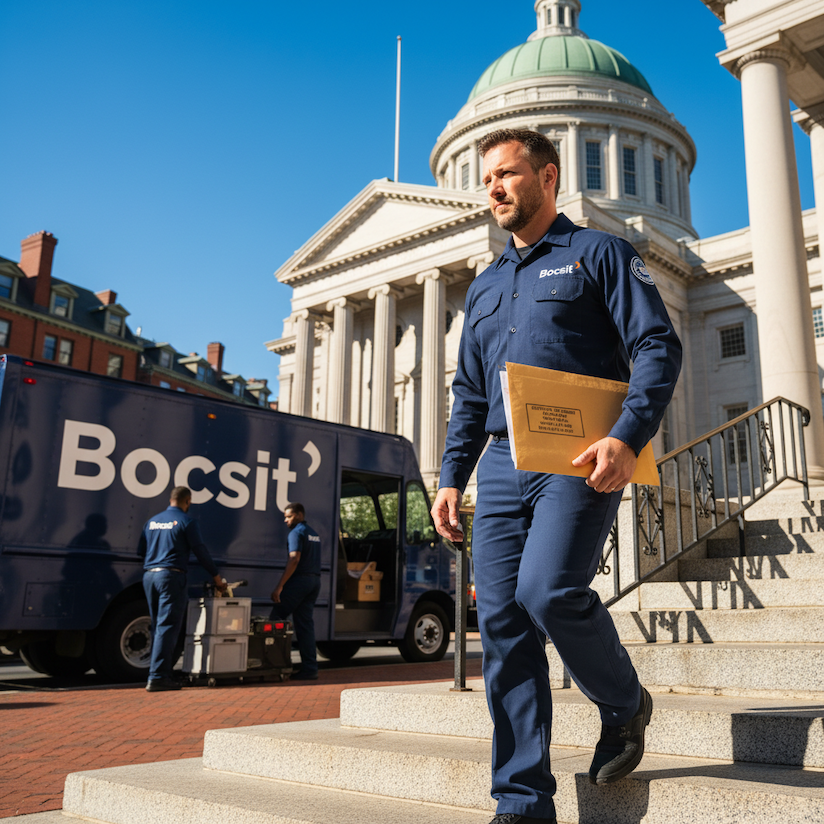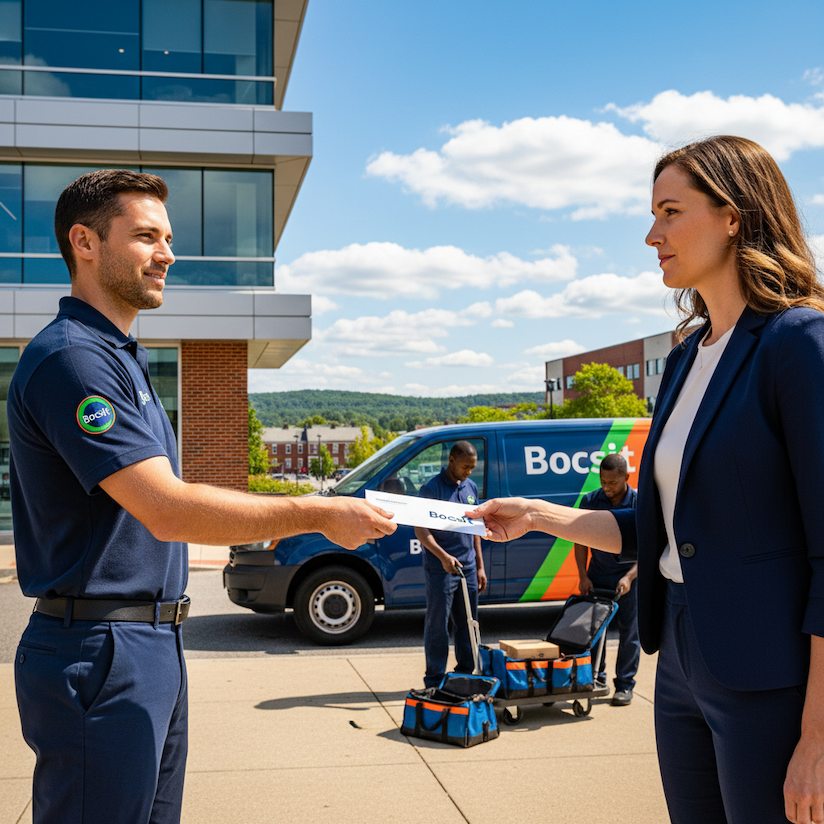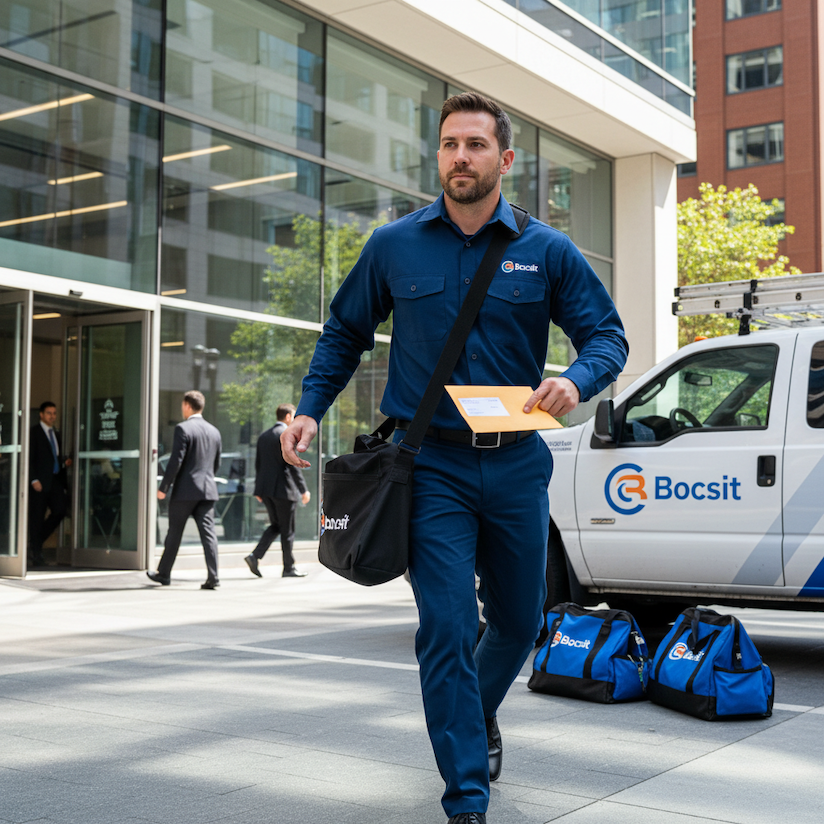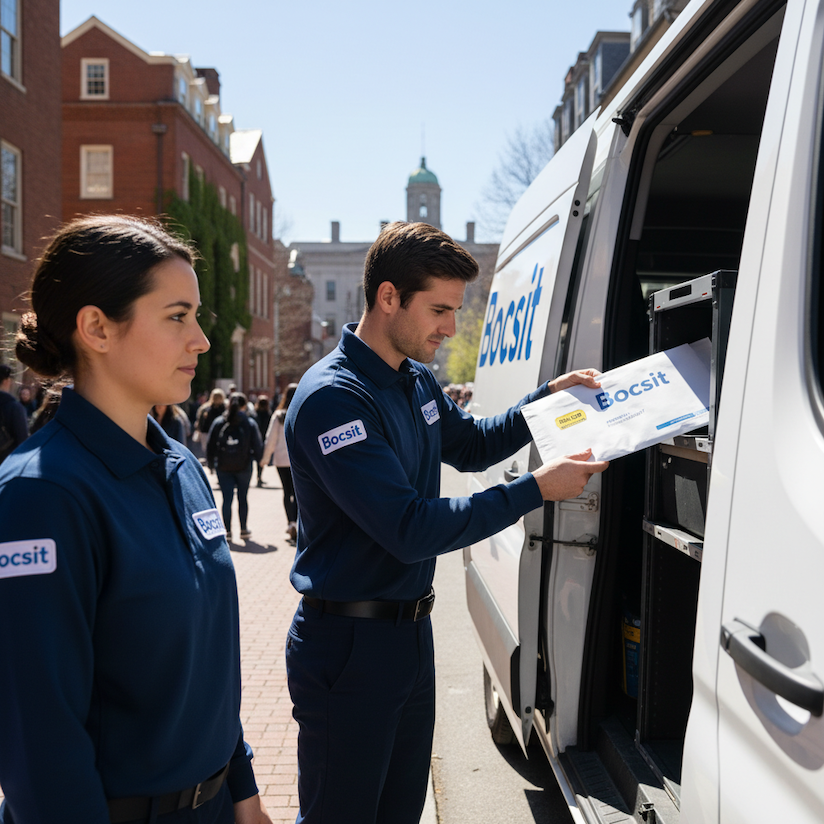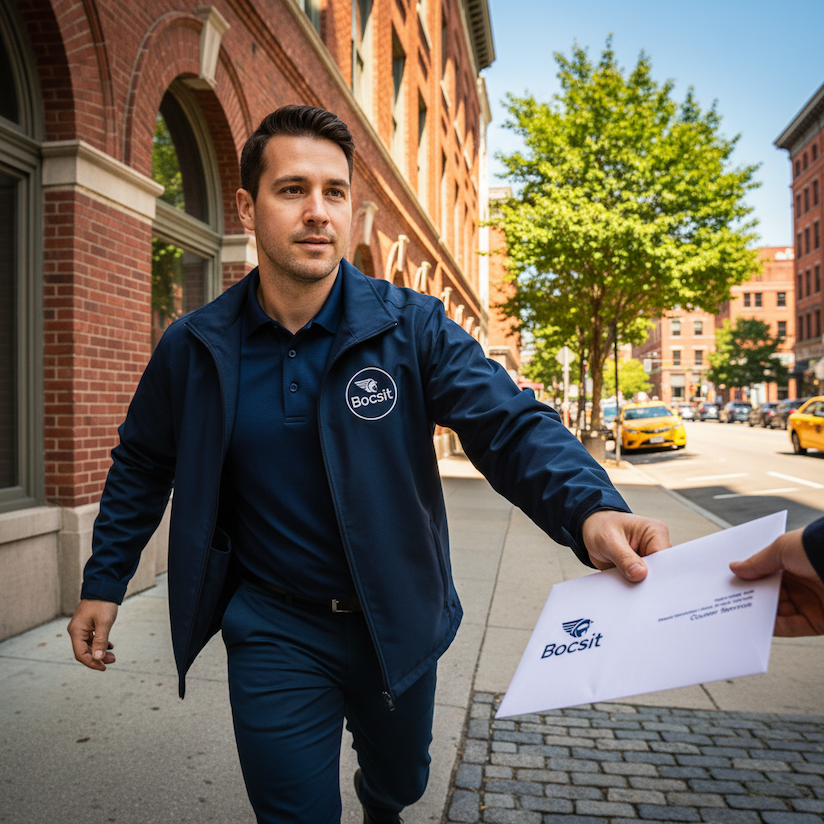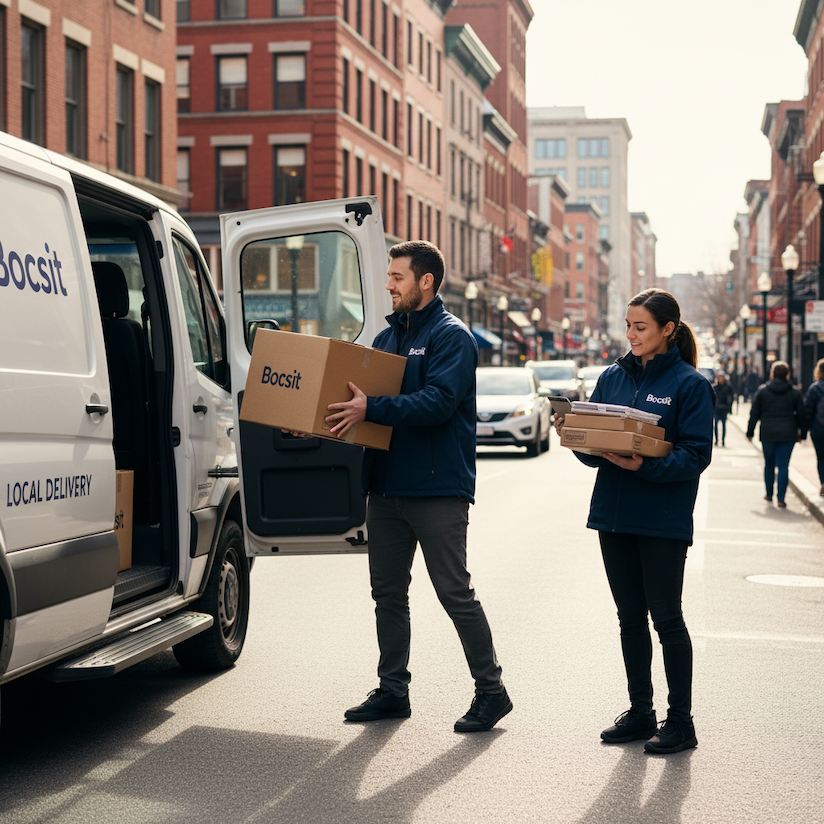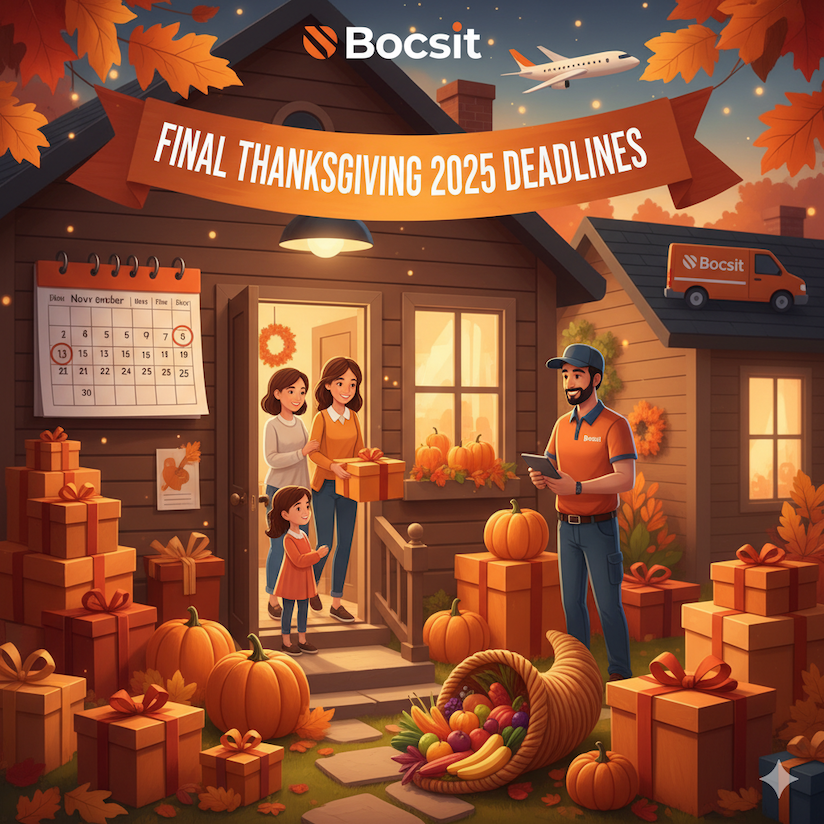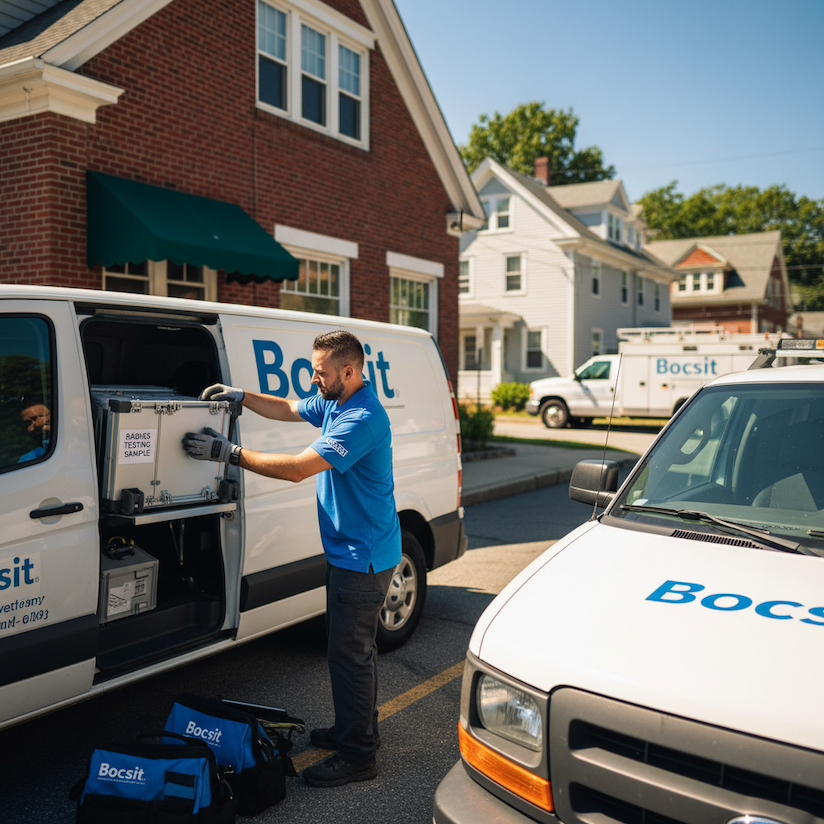Parcel Delivery Explained: What It Is and How It Works

In an era where e-commerce is booming and remote communication is the norm, parcel delivery has become an indispensable part of daily life. Whether it's a small package from an online shopping spree, a critical document for business, or a care package to a loved one, understanding the nuances of parcel delivery can make life a lot easier. But what exactly is parcel delivery, and how does it differ from other forms of shipping? Let’s unwrap this topic to discover the essential aspects of parcel delivery, its types, and how to choose the best service for your needs.
What Is Parcel Delivery?
Parcel delivery refers to the process of shipping items or packages from one location to another through various transportation methods, including road, air, and sea. These packages can range from small, lightweight items to larger, bulkier goods. Parcel delivery services are utilized by both businesses and individuals, offering a range of delivery options tailored to various needs, such as speed, tracking, and special handling.
Types of Parcel Delivery Services:
- Standard Delivery: The most cost-effective option, standard delivery, typically takes longer but is suitable for non-urgent items.
- Express Delivery: For those who need their parcels to arrive quickly, express delivery services expedite shipping, ensuring parcels arrive within a specified timeframe.
- International Delivery: When parcels need to cross borders, international delivery services come into play, handling customs clearance and international shipping regulations.
- Same-Day Delivery: In some urban areas, same-day delivery is possible for items ordered early in the day, offering unparalleled convenience for urgent needs.
- Specialized Delivery: Some parcels require special handling due to their size, value, or fragility. Specialized delivery services cater to these needs, ensuring safe and secure transport.
How Does Parcel Delivery Work?
The journey of a parcel from sender to recipient involves several key steps:
- Pickup: The process begins when the parcel is collected from the sender's location or dropped off at a service point.
- Sorting: Parcels are then transported to a sorting center, where they are organized based on their destination.
- Transportation: Depending on the destination and service chosen, parcels are transported using trucks, planes, or ships.
- Delivery: Finally, the parcel arrives at the local delivery office, from where it is delivered to the recipient’s address.
Choosing the Right Parcel Delivery Service:
Selecting the best parcel delivery service depends on your specific needs. Consider the following:
- Urgency: How quickly do you need the parcel to arrive?
- Size and Weight: Some services have restrictions on parcel dimensions or offer better rates for different sizes.
- Destination: International deliveries might require services specialized in handling overseas shipping.
- Value: For valuable items, look for services offering insurance and secure handling.
Tips for a Smooth Parcel Delivery Experience:
- Packaging: Proper packaging protects your parcel and ensures it arrives in good condition.
- Labeling: Clear, correct labeling prevents delays. Include all necessary information and a return address.
- Tracking: Use tracking services to stay updated on your parcel’s journey and estimated delivery time.
Conclusion:
Parcel delivery is a dynamic and essential service that connects businesses, friends, and families across distances. By understanding the different types of services available and how parcel delivery works, you can make informed choices that meet your shipping needs efficiently and cost-effectively. Whether sending a birthday gift to a friend across the country or urgent documents to a business partner overseas, knowing the ins and outs of parcel delivery ensures your packages arrive safely and on time.


